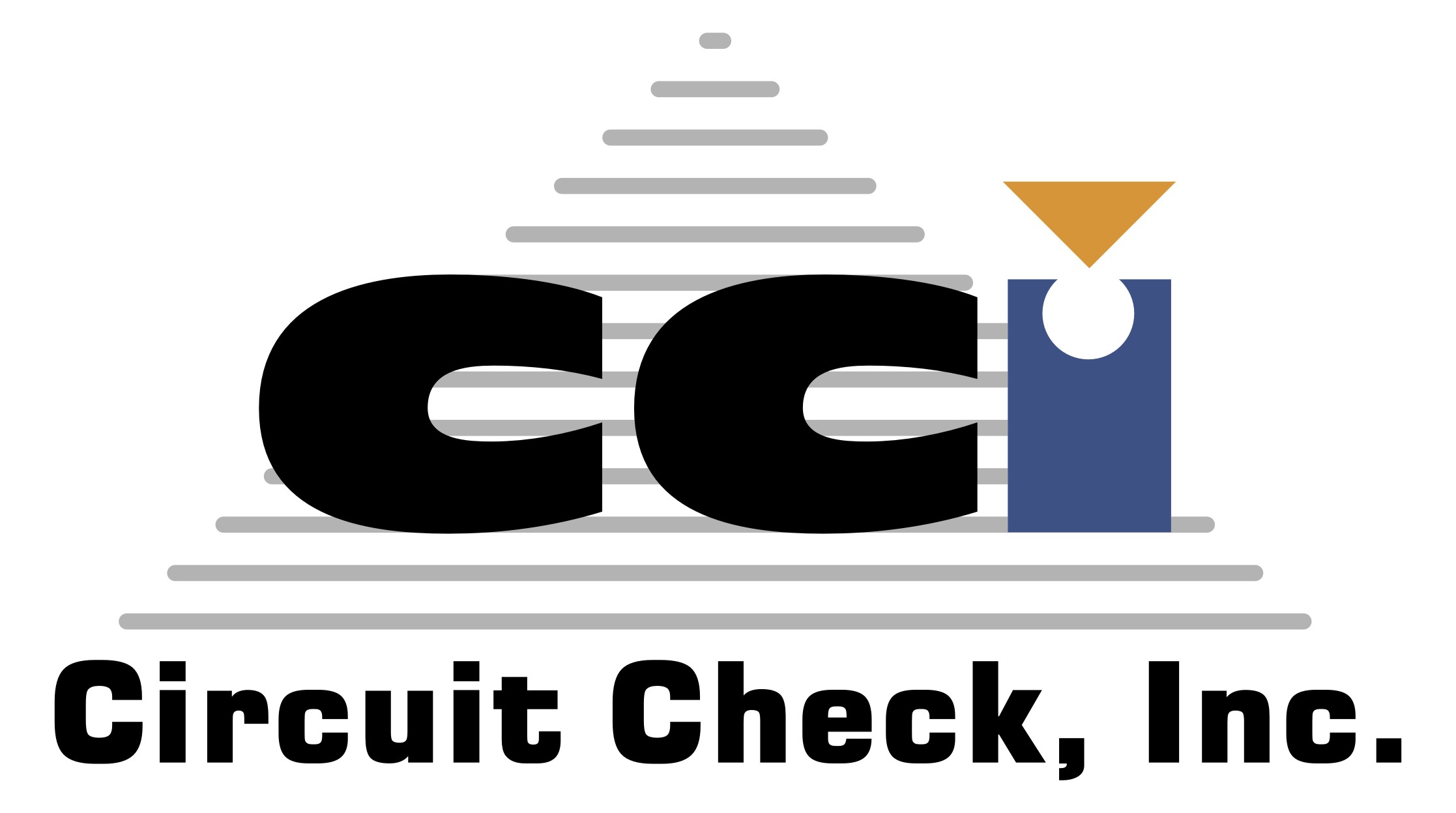Electronics Manufacturing Technical Articles
Papers and articles related to SMT, PCB & EMS industry.
- SMTnet
- »
- Technical Library
1882 SMT / PCB Assembly Related Technical Articles
The University of Florida is a public land-grant research university in Gainesville, Florida. It is a senior member of the State University System of Florida, traces its origins to 1853, and has operated continuously on its ...
Gainsville, Florida, United Arab Emirates

AIM is a leading global manufacturer of solder assembly materials for the electronics industry.
Montreal, Quebec, Canada

Engineering and fabrication leader of in-circuit and functional test fixtures for boards,modules and assembled products. Turnkey test programming services for GR228x platform,focusing on the technology to increase testability,dec
Maple Grove, Minnesota, USA

Our company deals in the following products: Brand: Fuji, Juki, Panasonic, Yamaha, Samsung, Siemens, Sony, Universal, etc. SMT Accessories:Nozzle, feeder, filter, belt, sensor, cylinder, valve, feeder parts, bearing, etc.
ShenZhen,GuangDong, China

Our company deals in the following products: Brand: Fuji, Juki, Panasonic, Yamaha, Samsung, Siemens, Sony, Universal, etc. SMT Accessories:Nozzle, feeder, filter, belt, sensor, cylinder, valve, feeder parts, bearing, etc.
ShenZhen,GuangDong, China

Our company deals in the following products: Brand: Fuji, Juki, Panasonic, Yamaha, Samsung, Siemens, Sony, Universal, etc. SMT Accessories:Nozzle, feeder, filter, belt, sensor, cylinder, valve, feeder parts, bearing, etc.
ShenZhen,GuangDong, China
UQ ranks in the top 50 as measured by the Performance Ranking of Scientific Papers for World Universities. The University also ranks 46 in the QS World University Rankings, 42 in the US News Best Global Universities Rankings, ...
Brisbane, Queensland, Armenia

Our company deals in the following products: Brand: Fuji, Juki, Panasonic, Yamaha, Samsung, Siemens, Sony, Universal, etc. SMT Accessories:Nozzle, feeder, filter, belt, sensor, cylinder, valve, feeder parts, bearing, etc.
ShenZhen,GuangDong, China

HZO provides high-reliability Parylene conformal coatings with scalable, cost-efficient, proprietary processes. Meet specifications with RoHS, REACH, and Prop 65-compliant coatings at 50% thinness of other conformal coating types.
Morrisville, North Carolina, USA

HZO provides high-reliability Parylene conformal coatings with scalable, cost-efficient, proprietary processes. Meet specifications with RoHS, REACH, and Prop 65-compliant coatings at 50% thinness of other conformal coating types.
Morrisville, North Carolina, USA
Pages: 1 2 3 4 5 6 7 8 9 10 11 12 13 14 15 16 17 18 19 20 21 22 23 24 25 26 27 28 29 30 31 32 33 34 35 36 37 38 39 40 41 42 43 44 45 46 47 48 49 50 51 52 53 54 55 56 57 58 59 60 61 62 63 64 65 66 67 68 69 70 71 72 73 74 75 76 77 78 79 80 81 82 83 84 85 86 87 88 89 90 91 92 93 94 95 96 97 98 99 100 101 102 103 104 105 106 107 108 109 110 111 112 113 114 115 116 117 118 119 120 121 122 123 124 125 126 127 128 129 130 131 132 133 134 135 136 137 138 139 140 141 142 143 144 145 146 147 148 149 150 151 152 153 154 155 156 157 158 159 160 161 162 163 164 165 166 167 168 169 170 171 172 173 174 175 176 177 178 179 180 181 182 183 184 185 186 187 188 189








